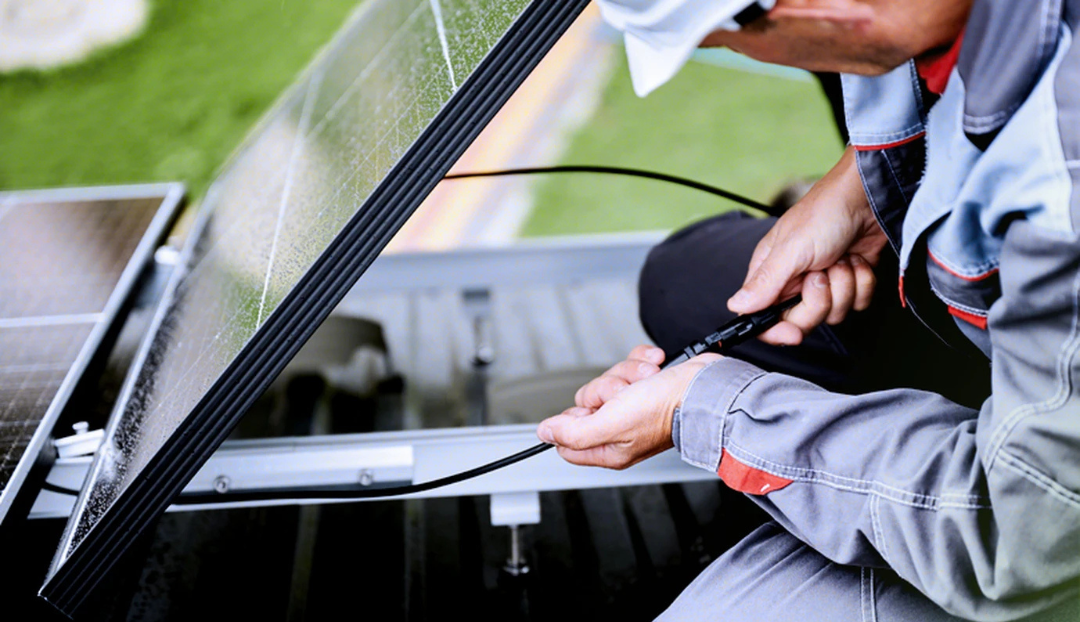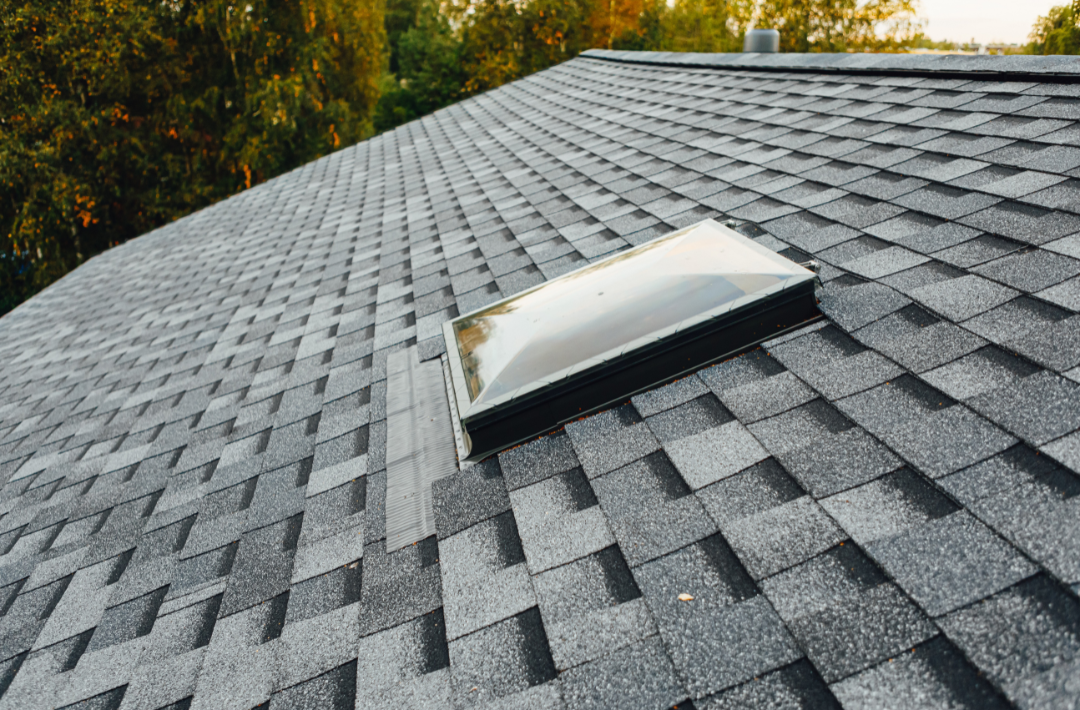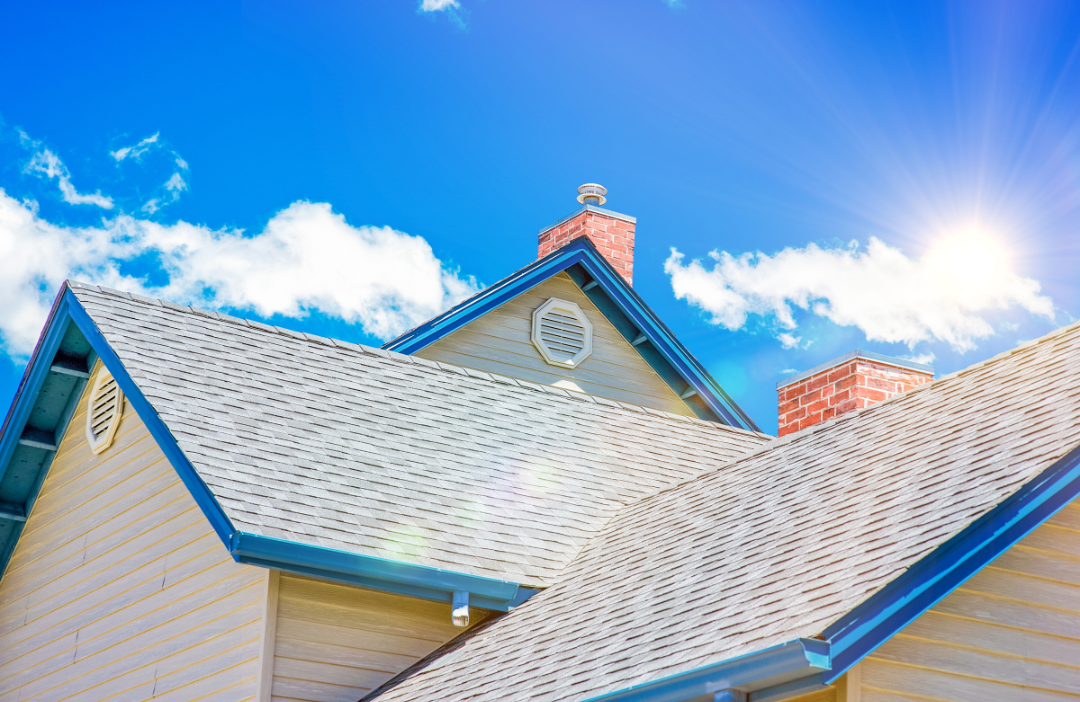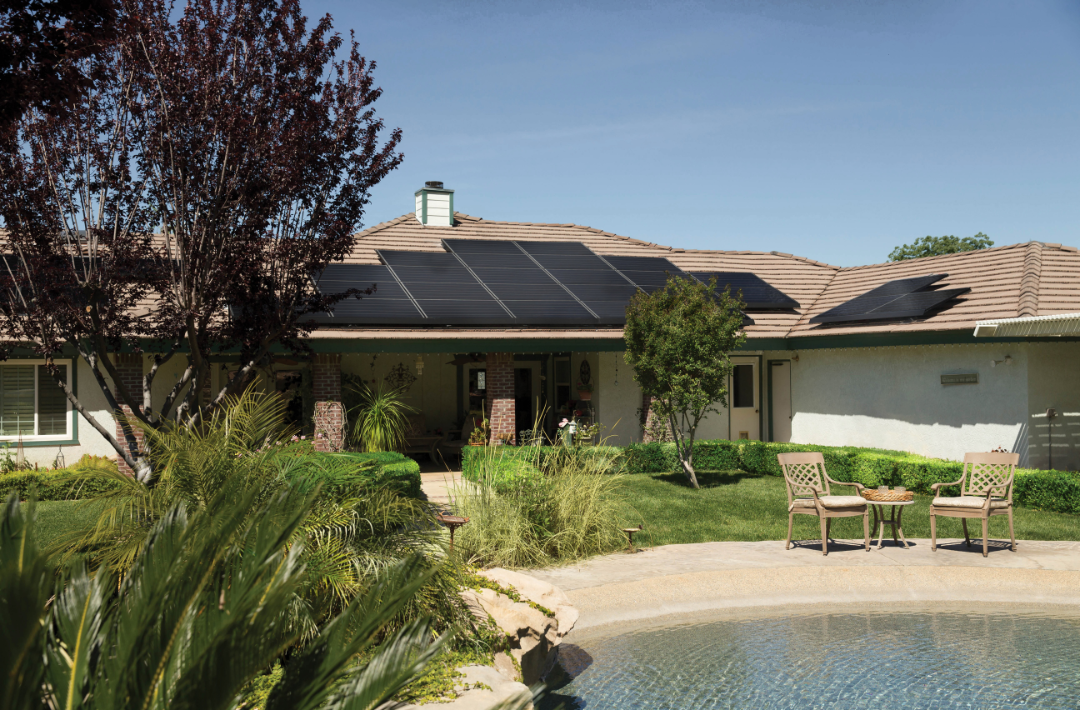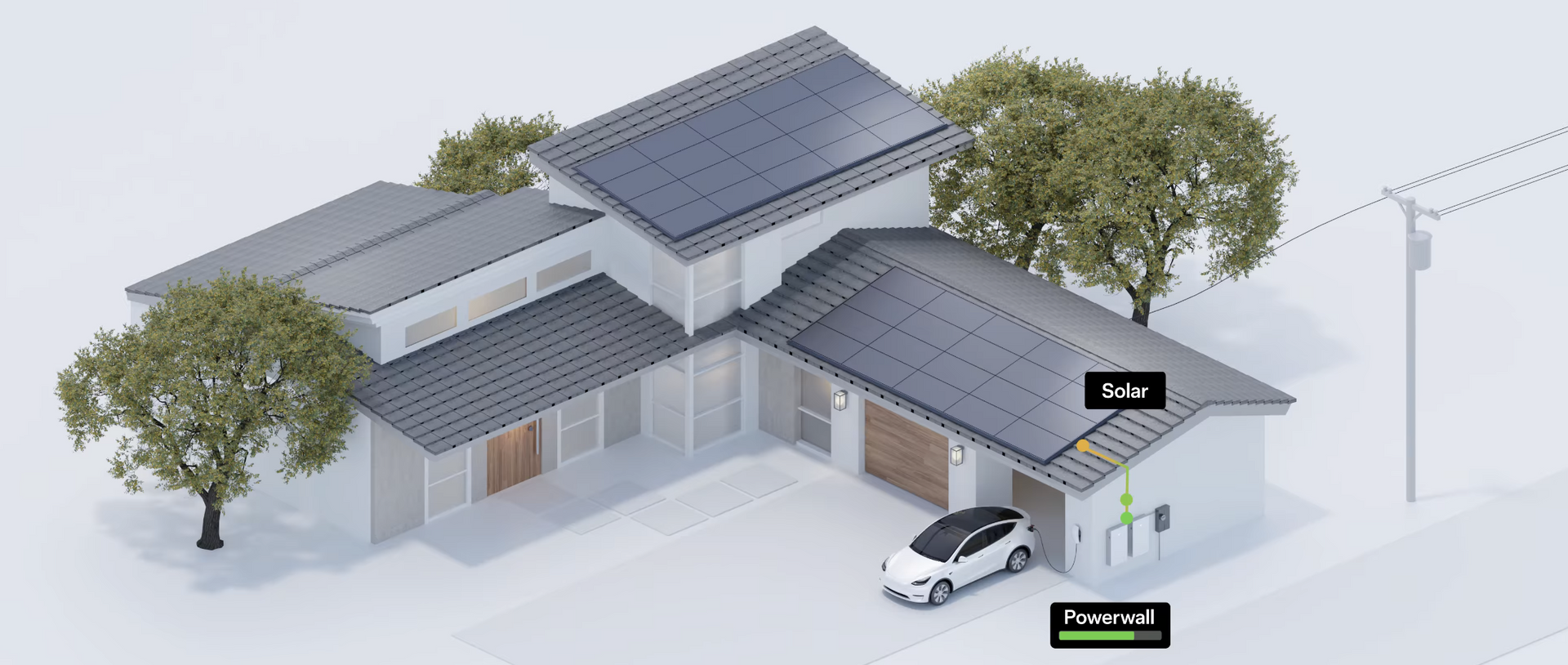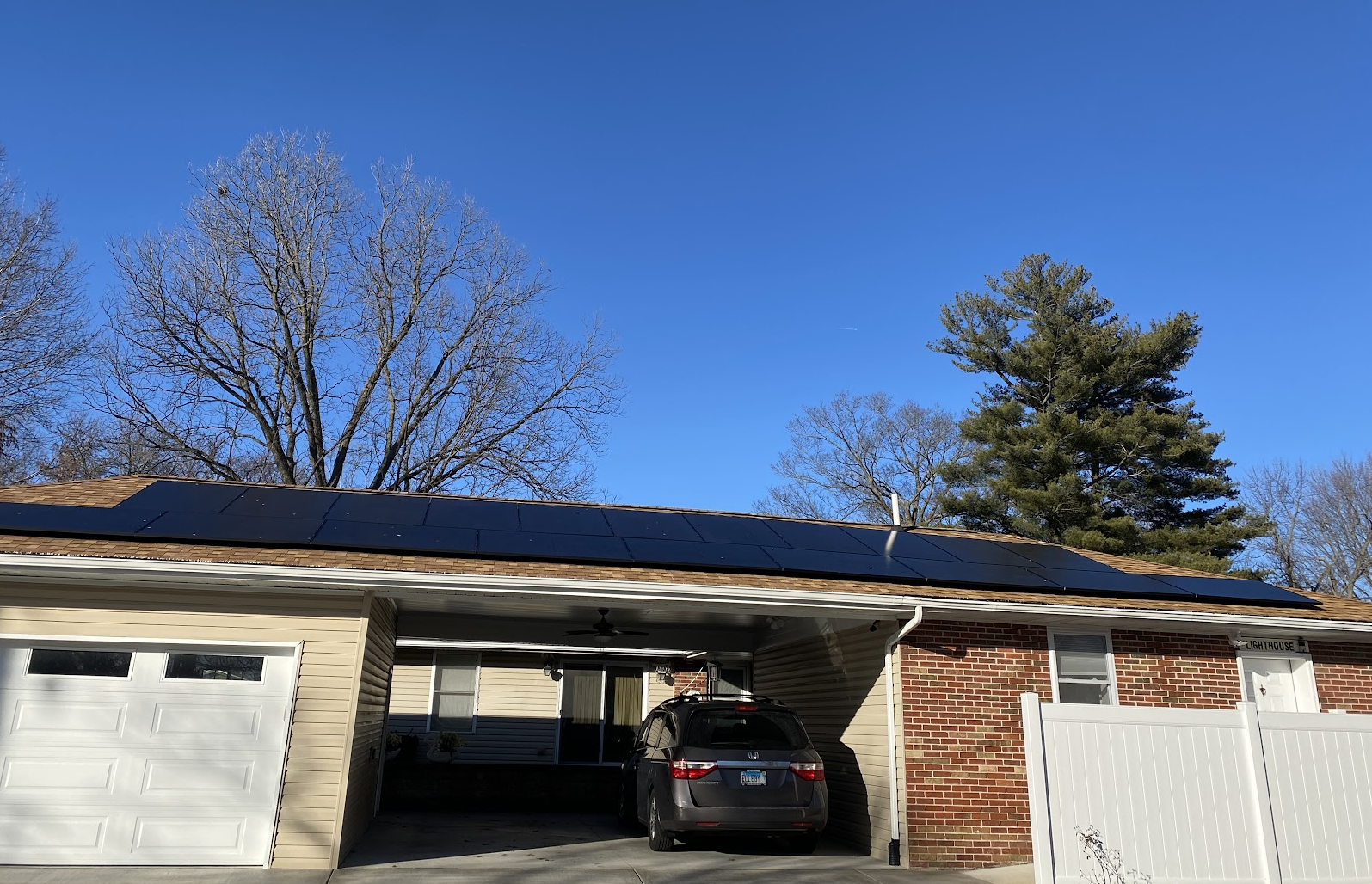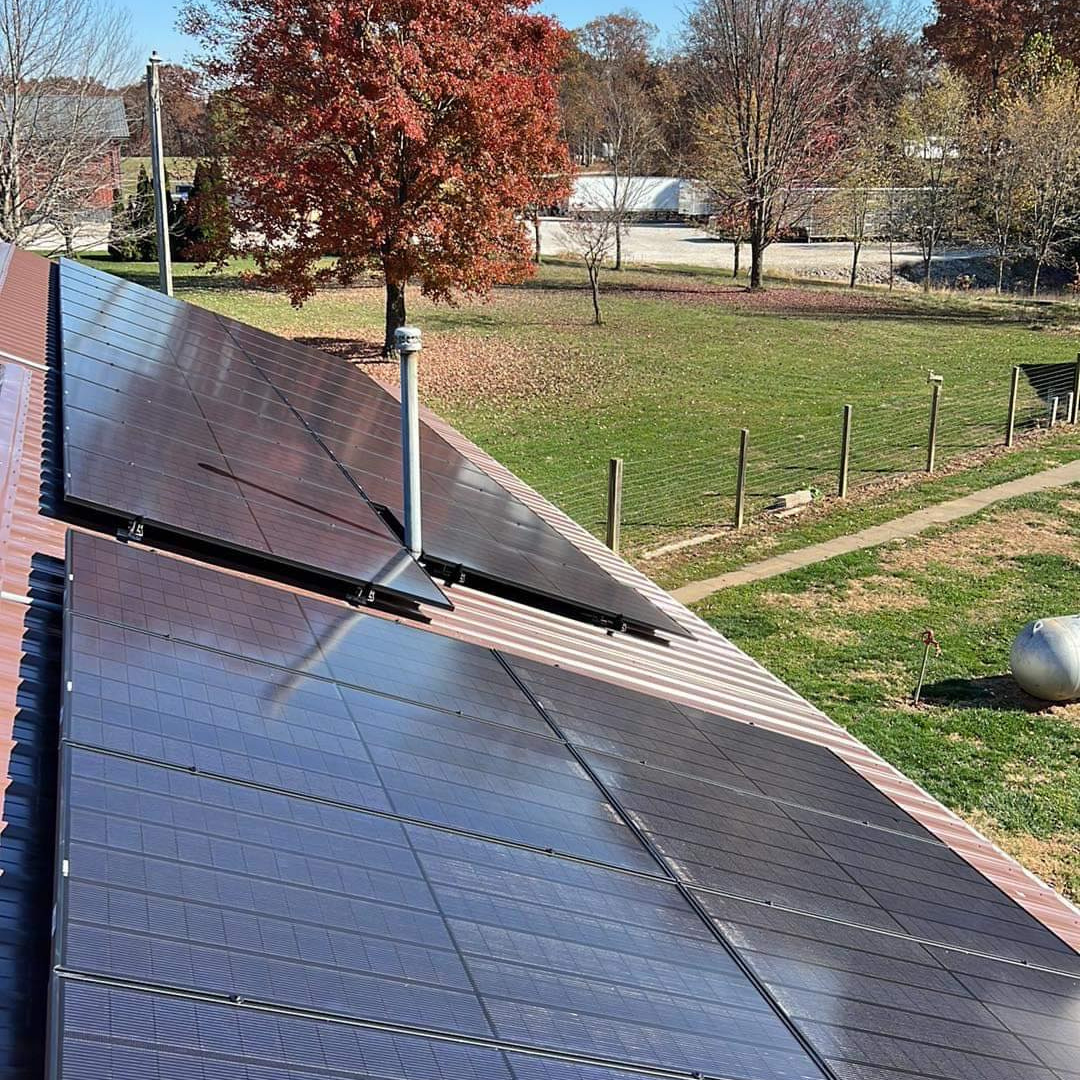Maximize Your Solar Savings with Ameren Illinois Rebates
If you’re a homeowner in Illinois, now is the perfect time to make the switch to solar energy. With generous rebates from Ameren Illinois and federal incentives, you can significantly lower the cost of going solar while reaping the long-term benefits of renewable energy.
Unpacking Ameren Illinois Solar Rebates
Ameren Illinois is offering substantial rebates to homeowners who install solar panels on their property. Currently, homeowners can receive approximately $3,000 just for going solar. But the incentives don’t stop there—if you add a battery backup system to your solar installation, you’re eligible for an additional $3,500 rebate. These rebates provide a significant financial boost, helping you offset the upfront costs of installation.
In some cases, the total rebate amount can be even higher. Factors such as the size of your system, your energy usage, and additional state or local incentives can contribute to even greater savings. This makes it essential to work with an experienced solar provider who can help you navigate the details and maximize your benefits.
Federal Incentives Sweeten the Deal
In addition to the Ameren Illinois rebates, homeowners can take advantage of the federal Investment Tax Credit (ITC). This credit allows you to deduct 30% of the cost of your solar system and battery backup from your federal taxes. When combined with the state rebates, this can dramatically reduce the cost of going solar.
For example, if your solar system costs $20,000 and includes battery backup, the federal tax credit could reduce your cost by $6,000. Adding Ameren Illinois rebates to the equation means your out-of-pocket cost might be closer to $10,500. This kind of financial advantage makes renewable energy an attainable and smart investment for Illinois homeowners.
Why Add a Battery Backup?
Battery backup systems enhance the benefits of solar energy by storing excess power for use during outages or peak demand times. This not only increases your energy independence but also provides peace of mind during storms or grid disruptions. With Ameren Illinois’ additional rebate for battery backup, upgrading your system has never been more affordable.
Make the Most of Your Solar Investment
At SunSent Solar & Roofing, we’re experts in helping homeowners across Missouri and Illinois transition to solar energy. Our team will guide you through the entire process—from selecting the right system to navigating available incentives like Ameren Illinois rebates and the federal tax credit.
Ready to get started? Contact us today for a no-obligation consultation and let us show you how solar can transform your home’s energy efficiency and save you money. And if you want to learn more about solar batteries, you can read "A Battery Showdown: Tesla Powerwall 3 or The FranklinWH?". Also, make sure to enter our Tesla Powerwall 3 giveaway here!
